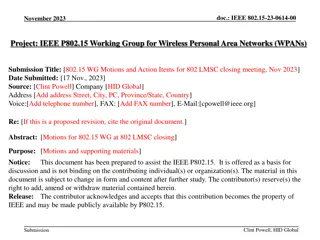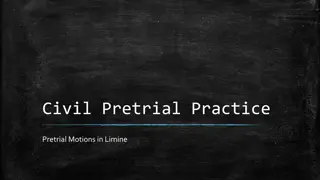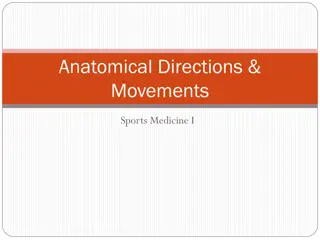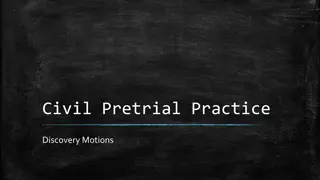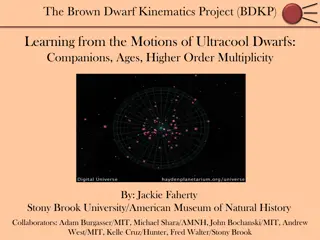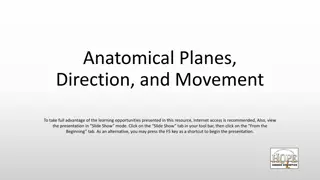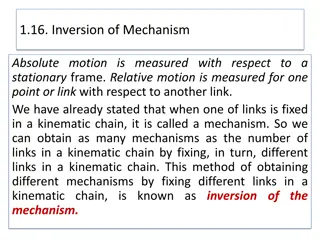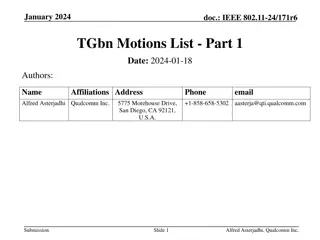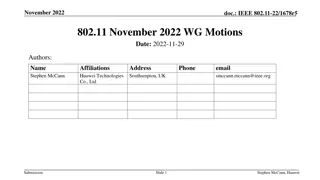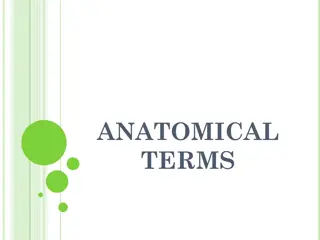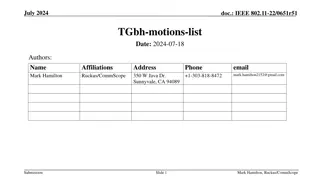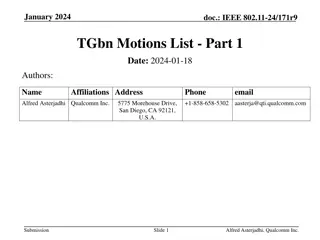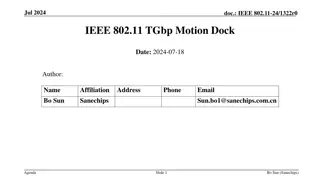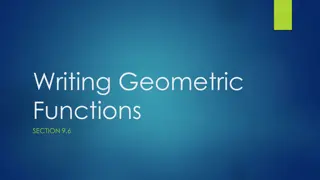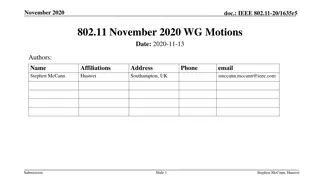Essential Joint Motions and Anatomical Directions Explained
Explore various types of joint motions such as abduction, flexion, rotation, and more, along with anatomical directions like anterior, posterior, superior, and inferior. Understand the body's movements and positions with detailed illustrations in the anatomical context.
Download Presentation

Please find below an Image/Link to download the presentation.
The content on the website is provided AS IS for your information and personal use only. It may not be sold, licensed, or shared on other websites without obtaining consent from the author.If you encounter any issues during the download, it is possible that the publisher has removed the file from their server.
You are allowed to download the files provided on this website for personal or commercial use, subject to the condition that they are used lawfully. All files are the property of their respective owners.
The content on the website is provided AS IS for your information and personal use only. It may not be sold, licensed, or shared on other websites without obtaining consent from the author.
E N D
Presentation Transcript
Types of Joint Motion and Anatomical Directions
The body must be in the anatomical position for the above definitions to be true.
Abduction To draw away from the mid-line from the body. Adduction To draw towards the mid-line of the body.
Flexion To Bend into the body. Extension To draw towards the mid-line of the body.
Rotation To turn around. Supination Turn face or palm upwards. Pronate Turn face down or palm down
Plantar flexion Downward movement of the big toe. Dorsi-flexion Upward Movement of the big toe
Inversion Turn inwards Eversion Turn outwards
Anatomical Direction Meaning Anterior Posterior Superior Inferior Medial Lateral Proximal Distal Superficial Deep Dorsum Palmar Plantar Front Back Towards the head/upper part Away from the head/lower part. Towards the midline Away from the midline Near to structure Furthest away from a structure Close to the surface of the body Away from the surface of the body Back of hand Palm of hand Downward movement of the big toe



